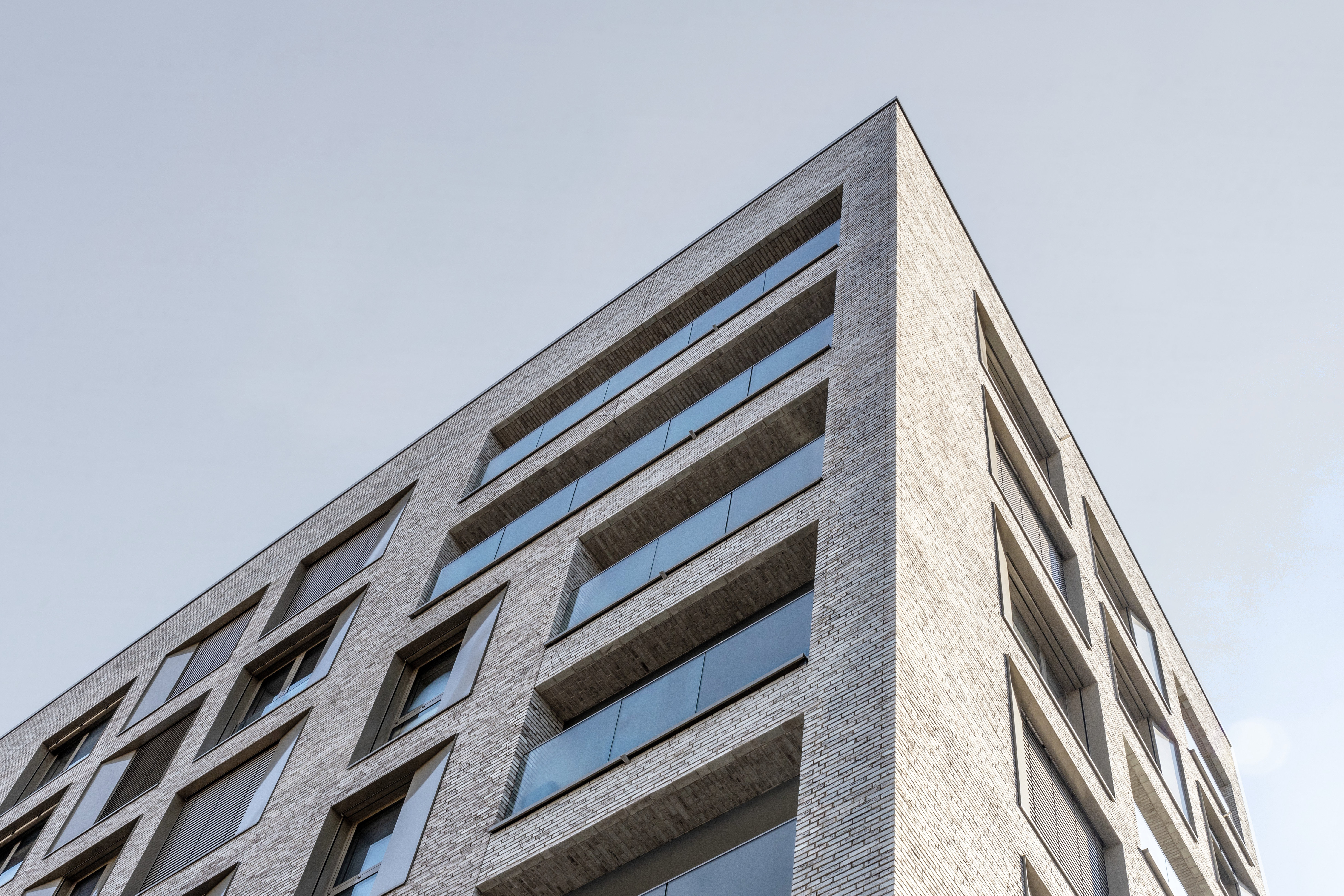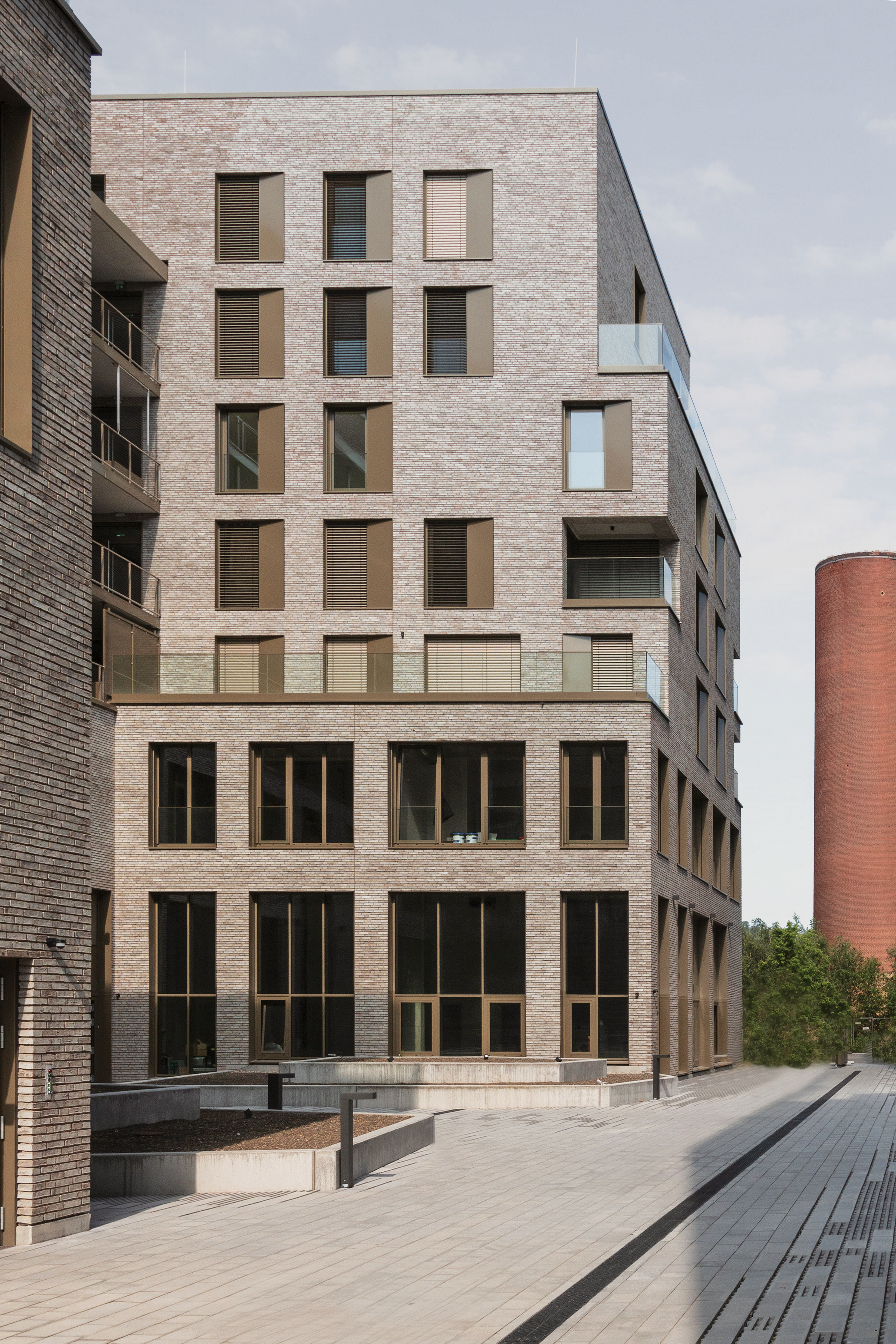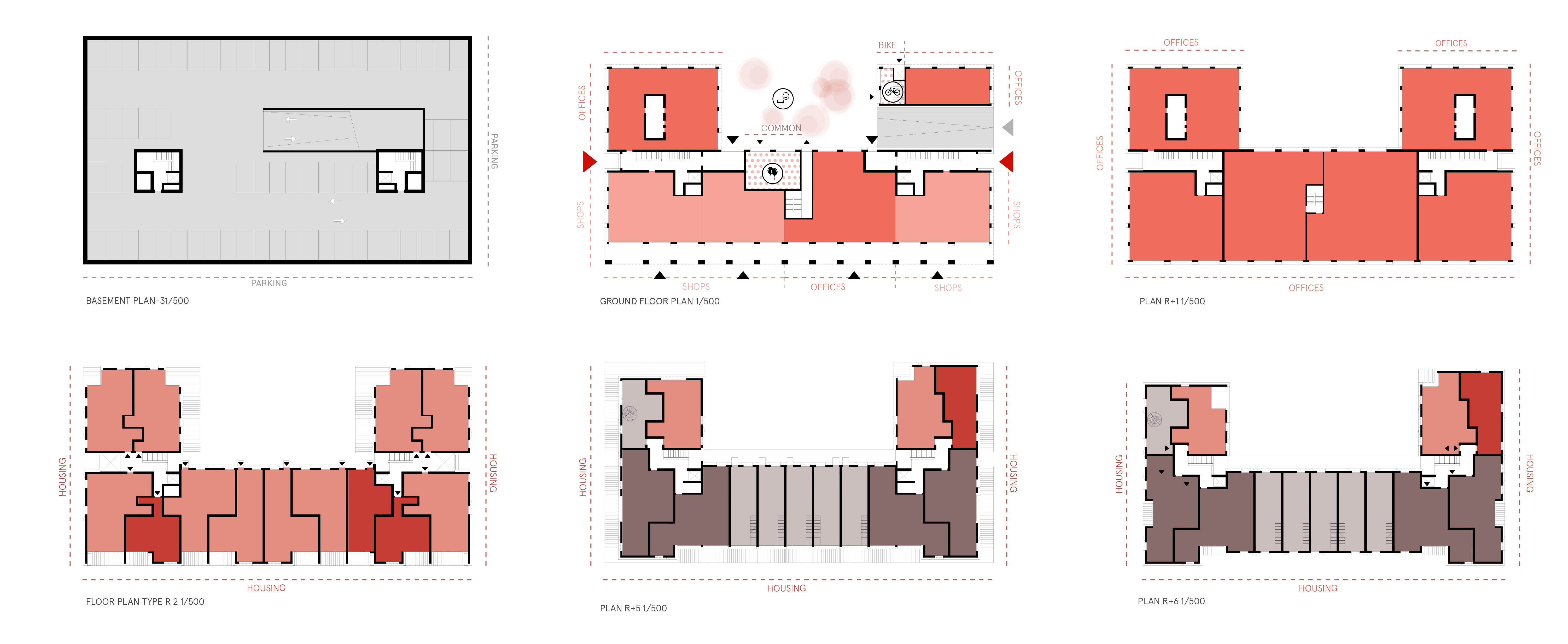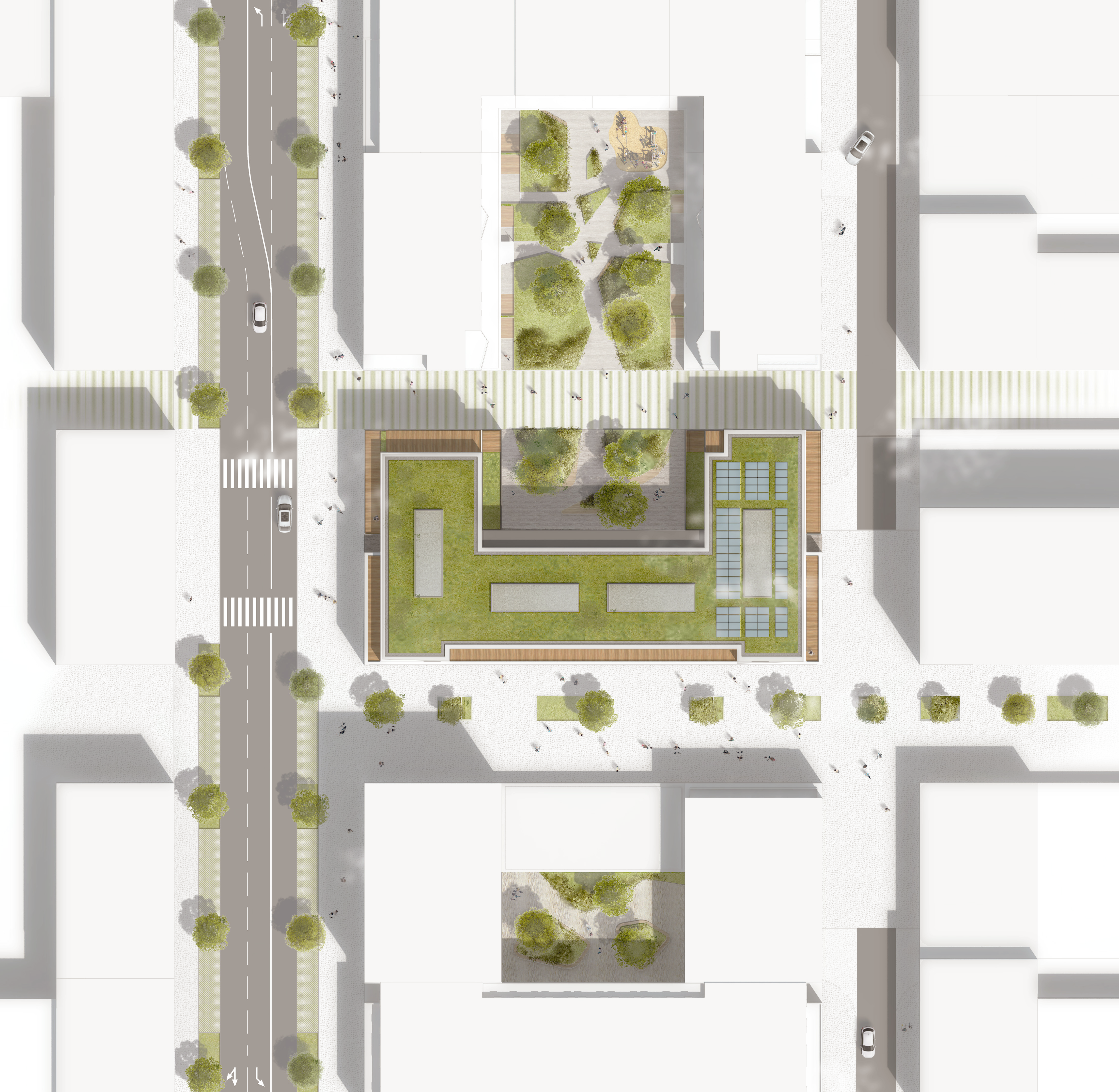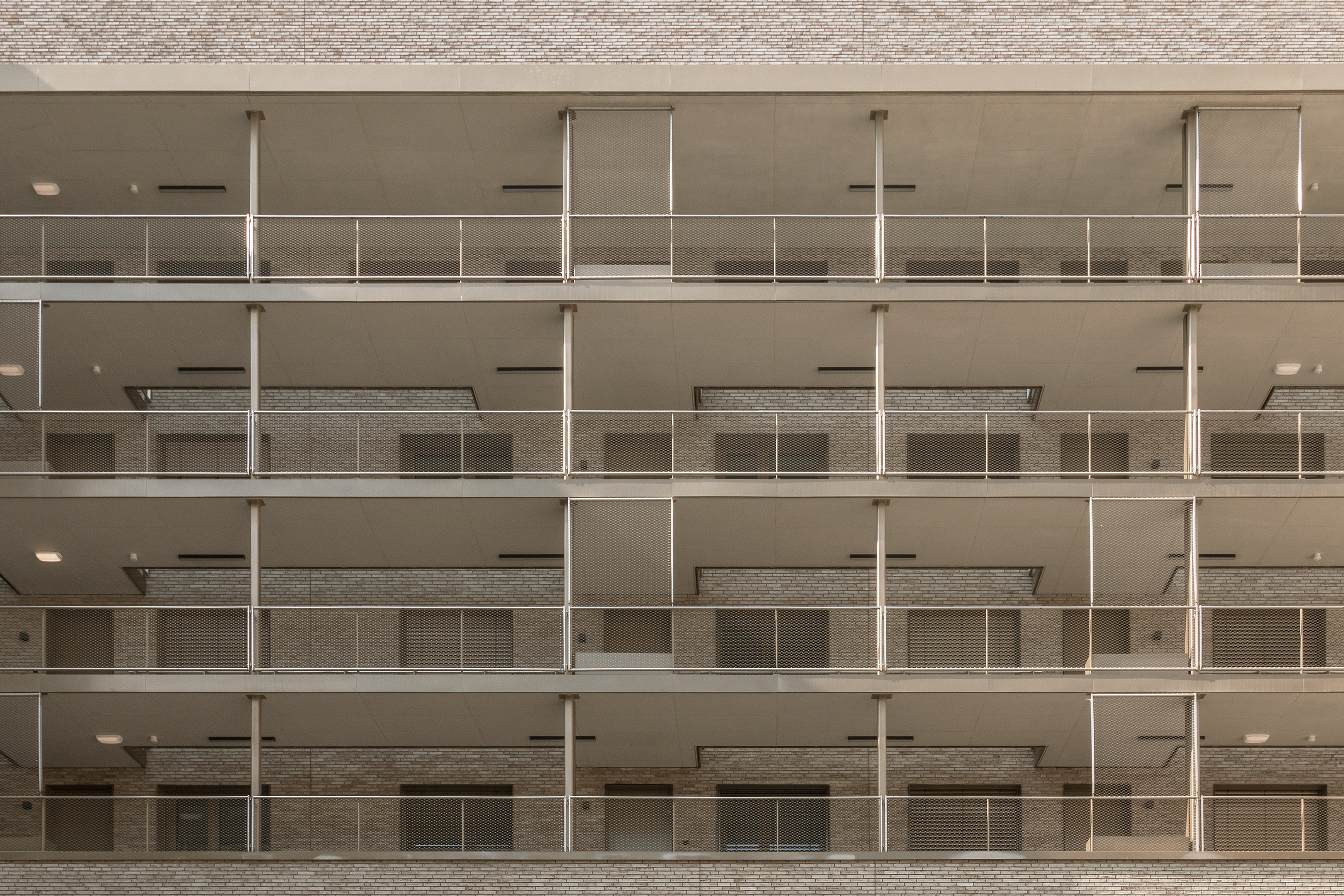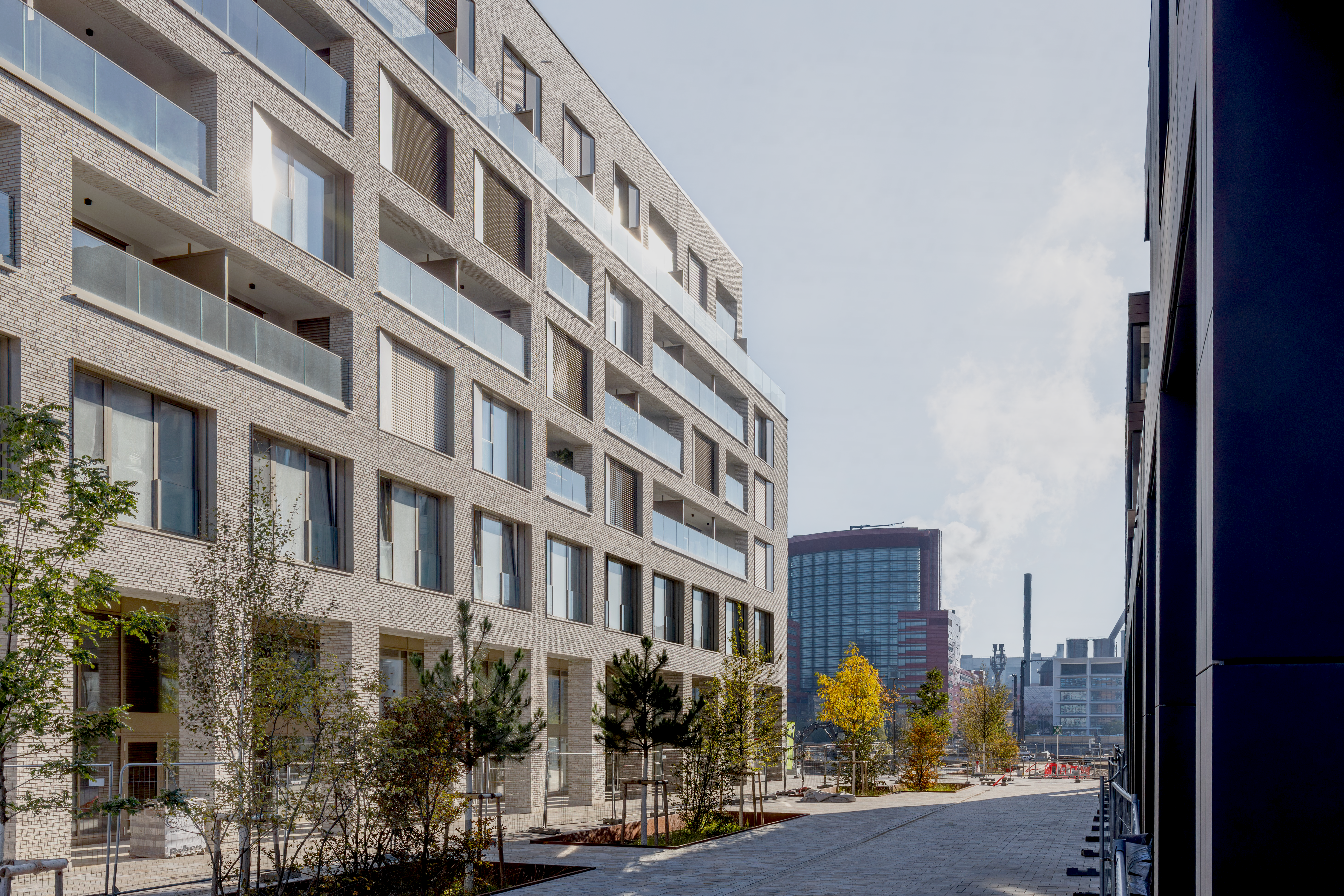Manhattan project unifies public, semi-public, and private functions within a single cohesive structure. The project integrates retail, office, and residential spaces through carefully planned circulation paths that smoothly connect the active street level with more contemplative interior zones. By blending these diverse functions, Manhattan redefines mixed-use development and enhance connectivity and community engagement.



